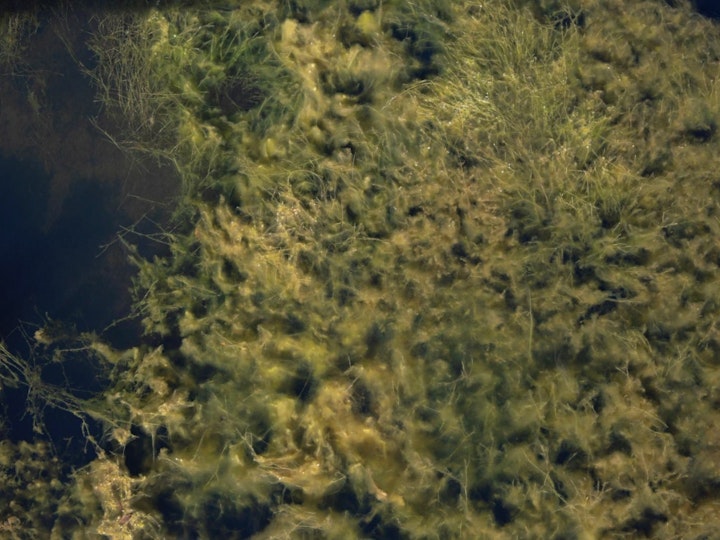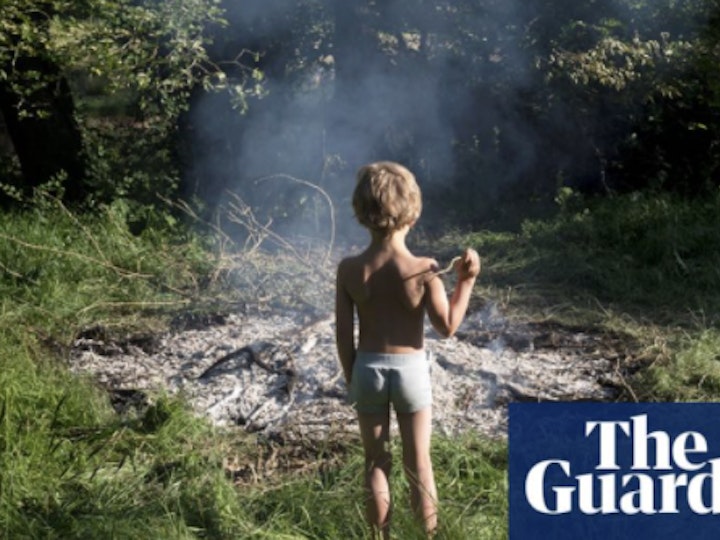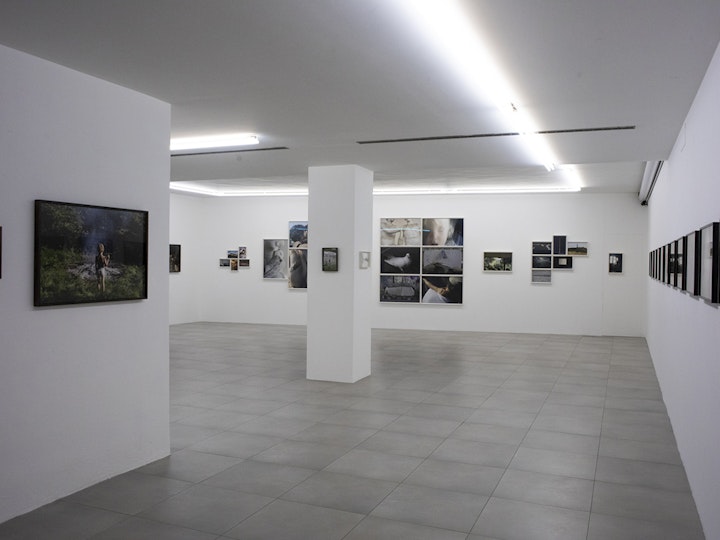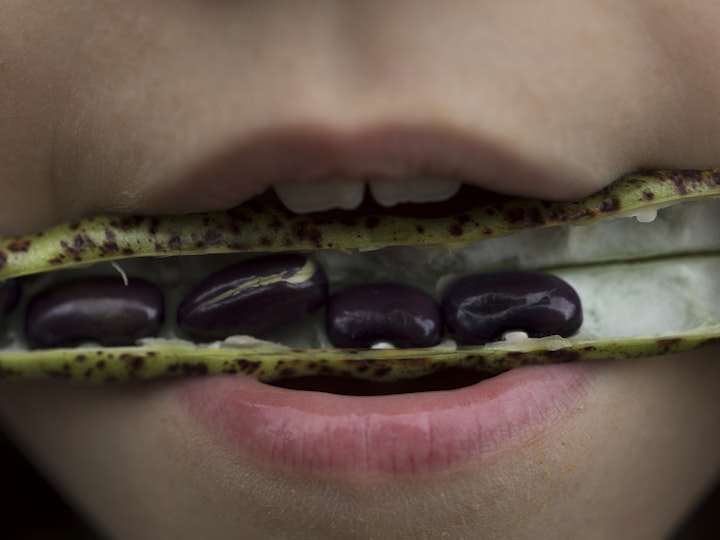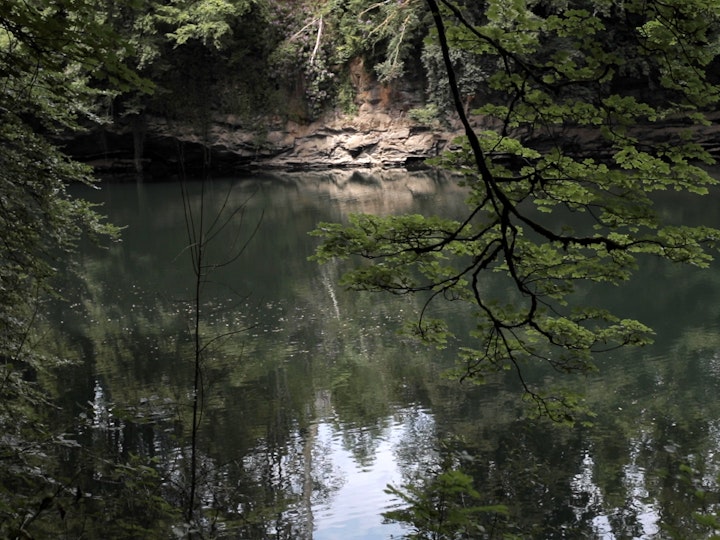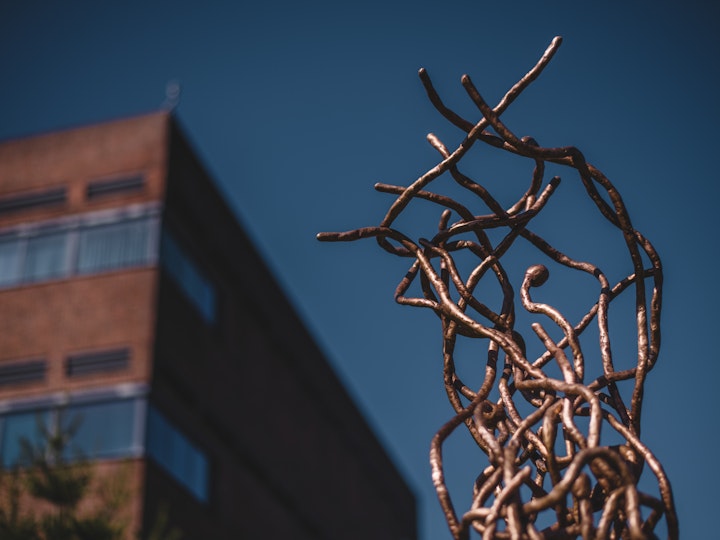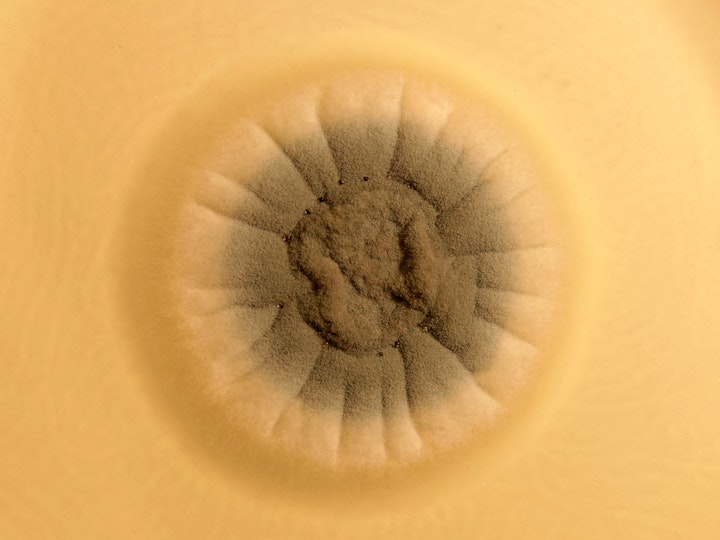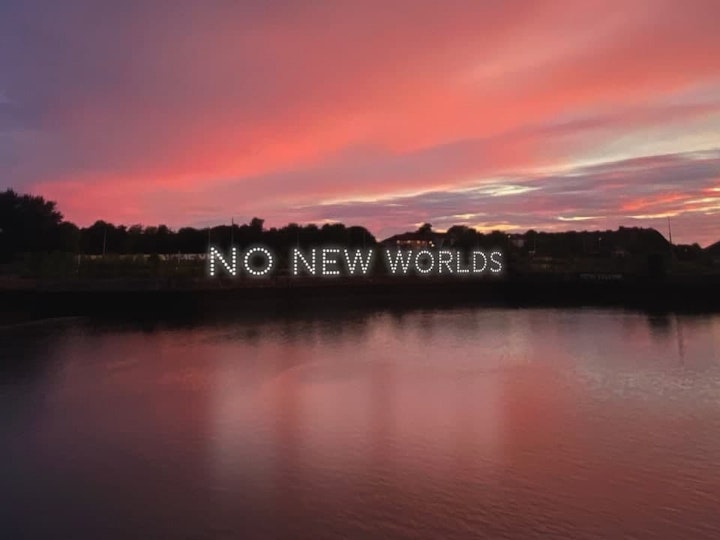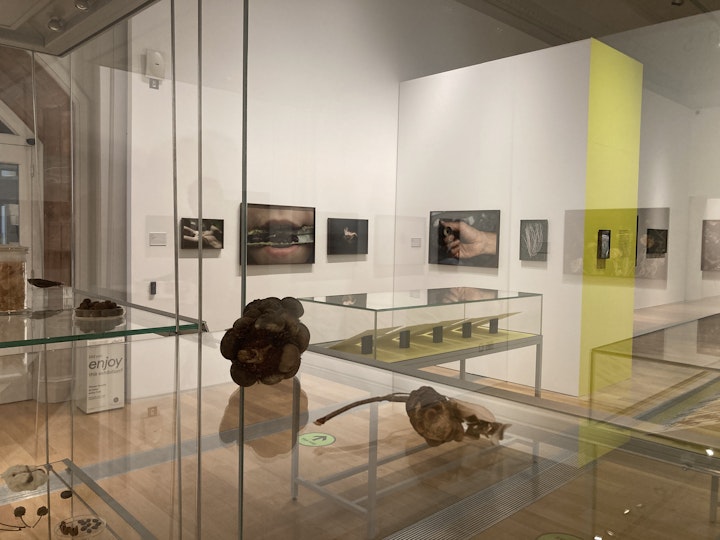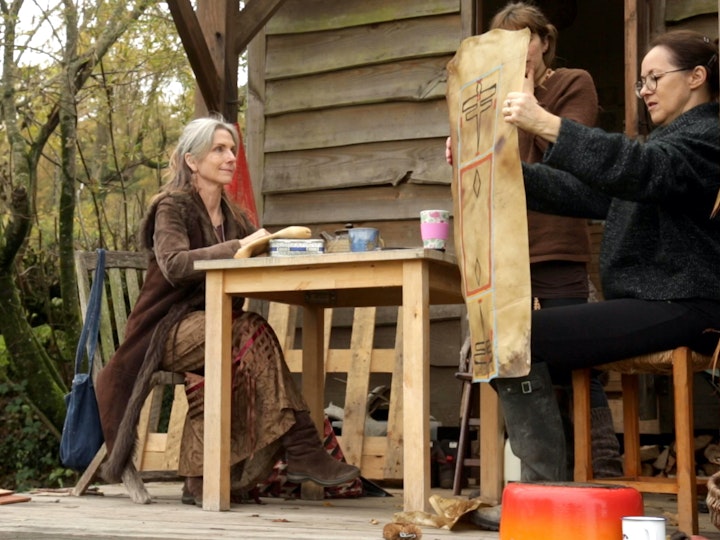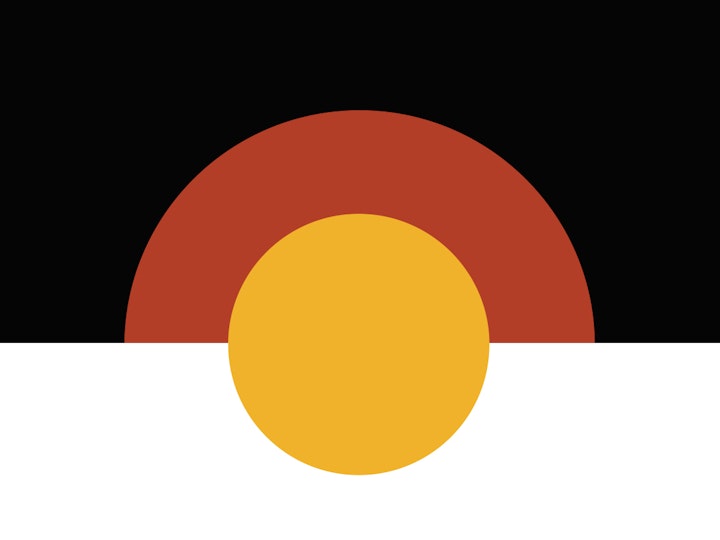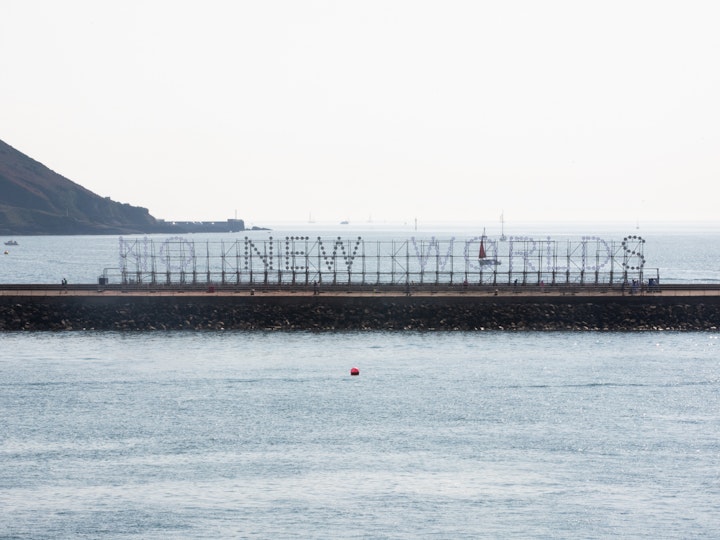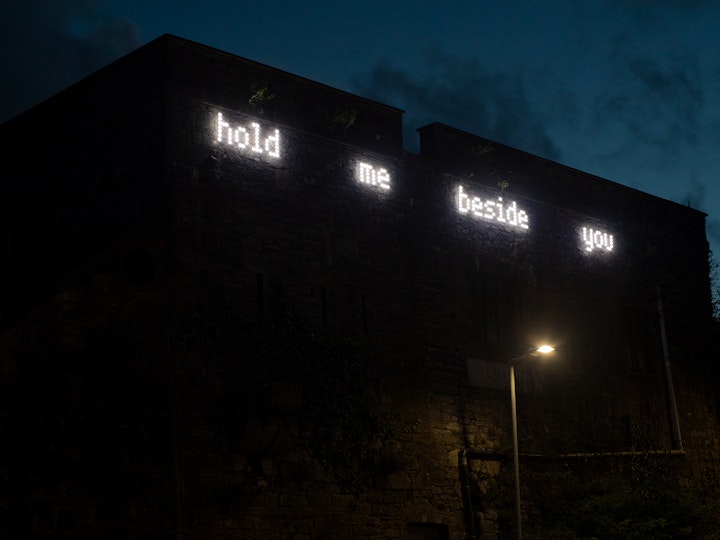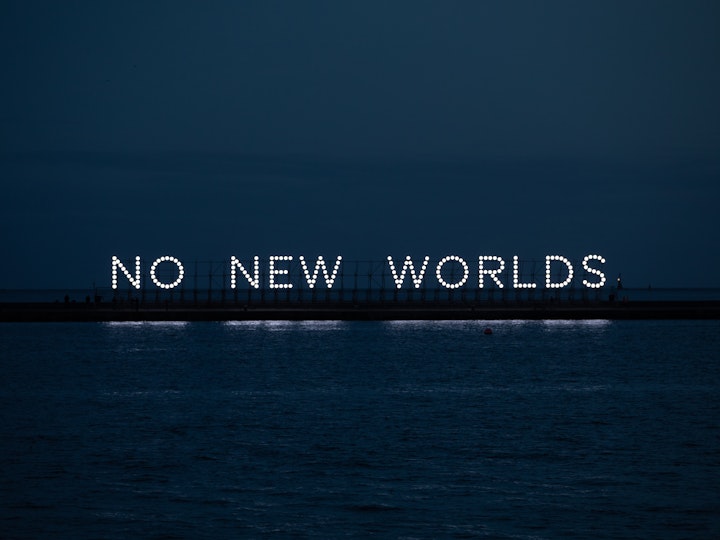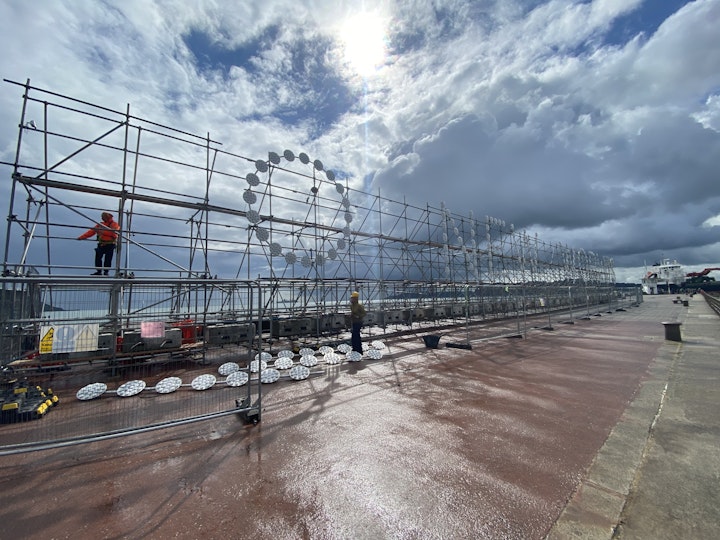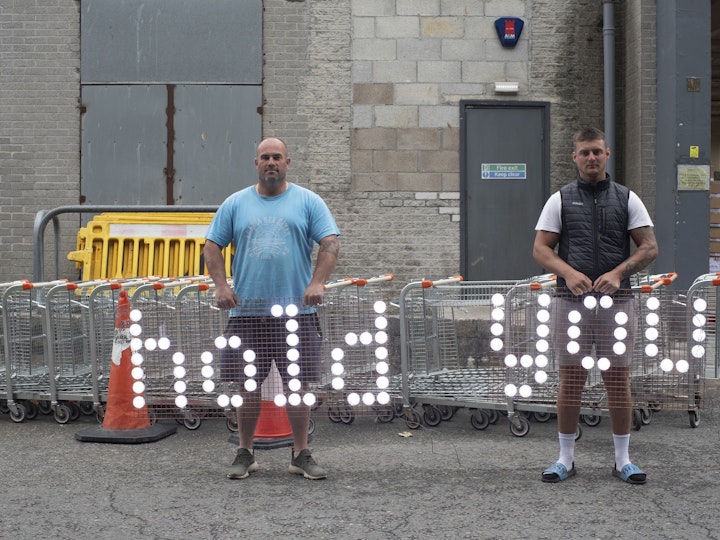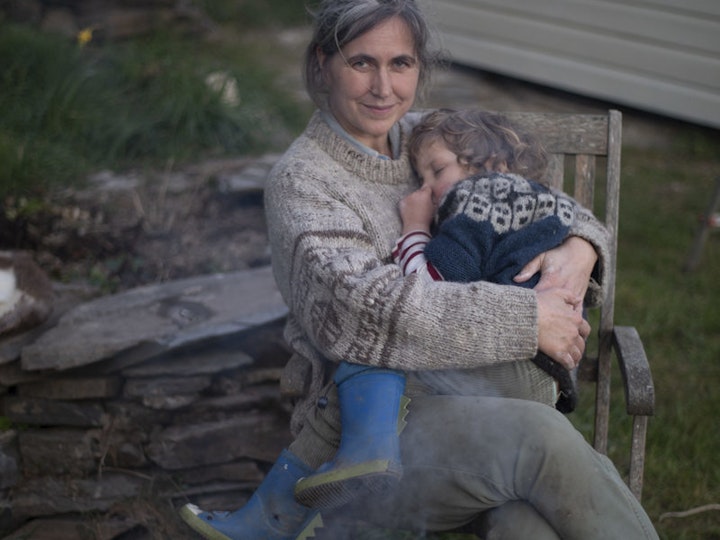What is lost of this world if we travel anew?
The true casualty of the world left behind is a future wistfully imagined or carefully preordained.
Filling a bag, choosing which book, visiting those for embrace; the little moments of death in departure. These deaths are privileged with time, softened and rounded by choice, for they are the choice of the tired, not the exhausted. Although these choices mark loss, they are not yet the actions of the lost. They exist in a limbic no-man’s land of temporality; anticipatory and preparatory losses that foreshadow the immanent engulfment of the lost. They that traverse between worlds seem winnowed by this loss, worn smooth by the wave-actions or made angular through impact. Belongings and memories become cracked, tannic with handling. But what of the locus of departure - what is lost each time, beyond the Archimedes volume of humanity? Is the material fabric of the left world marked by absence or additionally silted with grief? Beyond the obvious absence of bodies, memories and relationships, the entangled threads of conversations, networks, families are left hewn, knots adrift, catching on the meshwork of buildings, trees, routes through cities and forests. The true casualty of the world left behind is a future wistfully imagined or carefully preordained.
What are the characteristics of the dystopia, the set of circumstances that propels one from an old world into a new? Tremors have rumbled, forcing bodies across this threshold from one world to the next. These tremors might be the bellows of Tartarus, the abyssal chiasmic terrain of death; voiced by the machinations of the factories at Elmina, the purging of those deemed unwanted from Rohingya, or the dispossession from land and civic life of those persecuted in Indigenous American territories. These forced exodus snatch at the threads of the original world in the rupture of departure, and take form in memory, song, food, language and skill, and the proximity, where available, of shared experience or heritage. What is stolen from the old world then, in this cleaving, is the knowledge, the companionship, the husbandry, the custodial ontologies which shaped it each day as it reciprocally shaped those tending to it. The soon-to-be faltering new steps in the new world lack this surety, this indigeneity to soil, to climate, to language, to food, but the possibility of the fungibility of the body and mind may offer the scope to acclimatise and become indigenous again.
If we do, when we leave, we take of that world in us, with us, in the treads of our shoes, the lint of our pockets.
Those travellers who made their voyage on the Mayflower and Speedwell for America in 1620 were not the first pioneers to transgress this threshold between worlds. Nor, in 1609, were the sailors on the Sea Venture, who along with eight other vessels voyaged from Plymouth for Virginia, England’s first New World Colony. They too were pre-figured by western European forays into what were termed the East Indies in the early 15th century and also by Hernán Cortés, who arrived in Hispaniola in 1504 to establish the colony that followed the conquest of Cuba and Hispaniola in 1506. This breathless querying of dates echoes the colonial impulse for imprimatur itself – who was first, which flag endured?
Imagine now those sailors aboard the Mayflower’s sister ship, the Speedwell, who never made the transatlantic voyage, but were pressed instead, to make home where they were; forced to contain and stifle their dreams of a New World. The fantasy act of making a New World remained untroubled by reality. This thwarted journey, this ghost of a new life, must have travelled with them for the rest of their days, colouring their interactions, their relationships and memory. Imagining the lint in the pockets of the sailors on the Mayflower, however, the earth in the treads of their boots which then commingled with the soils on the shores of the New World, these more troubling vestigial threads which linked their past lives to the new, were rent asunder in the rupture of this new life. Consider too, in this commingling of soils, the unimaginable violence enacted upon those for whom this world was never new but had existed “since time immemorial.”[i] It is hard to conceive of the conceptual disjunct between those for whom the ‘New World’ appeared as a talisman of their ‘Promised Land’ and those indigenous to the land for whom the sailors’ arrival heralded an ongoing era of dispossession, disease and decimation. In the sailors’ quest for indigeneity to this new soil, their systems of survival ushered in wholly alien structures of rule, land use and religion. In a construction of Indigenous sovereignty that Michael Lerma calls ‘Peoplehood’, he outlines the relationship between people and land:
Today, Indigenous nations can confidently state that colonial actors cannot eliminate something they never recognized: the inherent responsibility many Indigenous peoples have to serve their traditional homelands.[ii]
This duty is one of the many casualties of settler incursion onto sovereign land. After a brief period of commonality and mutual support, violent skirmishes signalled the oppressive regime of dispossession of the ‘native’ and their responsibilities to a living agentic land. This rupture, in the name of ‘progress’, prefigured a mode of subjugation of land and bodies that paved the way for more colonisation and the unswerving advance of capitalism.
I wonder if our ghosts haunt the old.
Severing the native from their sovereign land folds into settlers’ efforts to establish new lives on new soil, a reflexive violence of assimilation and dispossession:
One may think such a process was as arbitrary as it was one-dimensional, but that would be to forget that neither the colonist nor the colonized people emerge from this circle unharmed. To this extent, the act of colonizing was as much an act of conviviality as an act of venality.[iii]
The narrative paradigm of successful colonisation is the apparent power of the coloniser against the apparent muteness of the colonised. The hidden cost to both parties within the circle of harm that Mbembe outlines is distinctive of the reciprocal self-harm embedded with the active violation of others. The suppressing of perceived difference, and the inability to recognise commonality in the quest for ‘progress’ deadens any flourishing of new commingled life processes or forms of symbiotic sustainable living practices.
These atrocities surely emerge from a place of fear, of the other, of the strange New World that the settlers find themselves operating in. The savagery that they fear in the native is paradoxically the role they themselves grow to inhabit, and the realities and metaphors of survival and resistance afford them permission to act in ways perhaps previously considered sinful. Do these behaviours make them ghosts to their old worlds, their previous ways of life or do they consider themselves becoming indigenous to these new worlds through the adoption of a cloak of savagery? These narratives of appropriation and dispossession echo throughout global strategies of settler-colonialism, but the violences and realities of colonisation remain hidden from a sensitive old world purview, the blood that is shed in the production of sugar and tobacco never staining the capital, the product on polite society dining tables or in well-dressed men’s tobacco pouches. The ease with which this carapace is apparently shed, cast into the sea on the return journey to the old world belies the ease with which Eurocentric societies still fail to address the horrors of colonialism, the ongoing dispossession, environmental precarity, the need for reparations. As a visual illustration of this schism, Amazon have recently launched a video game, ‘New World’, where settlers in European garb have to fight against the exoticized natives, diseased zombies and the land itself in order to make their claim. That this should be deemed appropriate in the year of the 400th anniversary of the sailing and landing of the Mayflower seems extraordinary considering the ongoing dispossession and dispersal of indigenous Americans from their ancestral sovereign lands, specifically, the current annexing of sovereign Mashpee Wampanoag territory.[iv] These peoples, although not ghosts, certainly should haunt the imagination of the old world, and should haunt the retellings of this story, this foundational myth of modern America. Reclamations too, are undertaken by those, such as the Wampanoag people with whom contact was first made by the Mayflower settlers. The extent to which their culture was obliterated by colonisation can perhaps fractionally be comprehended when one learns that contemporary efforts to relearn the Wampanoag language could only be supported by the use of the ‘Eliot Bible’- a translation of the Bible into Wampanoag by missionary John Eliot in 1663.[v] This ghost of early missionary tactics in the use of Christianity to subdue, eerily lingers and is transformed and inverted through this process of claiming back the tongue with which to speak, not in the language of the oppressor, but by repurposing the oppressor’s tool.
All the while our new skins glow in this strange young atmosphere.
This tool casts shadows into the imagined future too. As a strange paradigm of how humans operate in ‘New Worlds’, Michel Faber in his book ‘The Book of Strange New Things’ describes a missionary, Peter and his experiences on a planet ‘Oasis’.[vi] Peter sets himself the task of translating the bible into ‘Oasan’, yet the utopia he attempts to build is sharply contrasted with events on Earth where his wife, Bea remains, a world splintering through climate emergency, societal unrest and crashing economies. He is successful for a while in this new environment, yet the asymmetry of power between the settlers and the Oasans, encroaching disease and unrest offer distinct parallels between the ‘new’ and ‘old world’ scenarios of the Mayflower and Wampanoag ‘contact’ and seem so poignant in light of mass contemporary migration and its manifold underlying causes. In this, the arbitrary, western ‘everyman’[vii] characters who voyaged on the Mayflower can be reconfigured into the less-discussed ’everyman’ of the colony, the Postcolony, the refugee camp
[i] Wilmer, F. (1993) The Indigenous Voice in World Politics: Since Time Immemorial, Sage Publications, USA
[ii] Lerma, M. (2014) Indigenous Sovereignty in the 21st Century: Knowledge for the Indigenous Spring, Florida Academic Press, p1
[iii] “Venality, because such is the essence of the relationship between human being and animal. Just as the ruminant, for example, feels an attraction to the salt in man’s urine, one could say that the colonized individual feels attracted to the colonizer’s excrements, and vice versa. Conviviality, because there is hardly any form of domination as intimate as colonial domination. But, as we have seen, in many cases the colonized individual—the object and subject of venality—introduced himself into the colonial relationship by a specific art, that of doubling and the simulacrum. Now, to simulate is to cease to inhabit one’s body, one’s gestures, one’s words, one’s consciousness, at the very moment one offers them to another. It works to preserve, in each time and circumstance, the possibility of telling oneself stories, of saying one thing and doing the opposite—in short, of constantly blurring the distinction between truth and falsehood. This means that, as an object and subject of venality, the native offers herself/himself to the colonist as if not himself or herself. The native opens to the colonist as if no more than an instrument whose author or owner was, in truth, separate: a shadow, a spectre, or, so to speak, a double.” Mbembe, A. (2001). On the Postcolony. University of California Press. Retrieved February 2, 2020, from www.jstor.org/stable/10.1525/j.ctt1ppkxs, p237
[iv] https://newrepublic.com/article/157091/crisis-colonization
[v] http://ourmothertongues.org/language/Wampanoag/12
[vi] His mission is financed by and carried out under the auspices of a shadowy corporate called Usic. They need him but won’t say why. The base personnel describe themselves as “a community”, “in partnership” with the indigenous population – “we do not use the word ‘colony.’” Yet many of them specialise in oil and mining technology, and Usic is already building infrastructure to support a larger population. Trade has begun, although it has taken a weirdly localised form: the Oasans produce food for the human settlement; in return, they seem to want only Earth analgesics and the Bible, the eponymous “book of strange new things https://www.theguardian.com/books/2014/oct/23/the-book-of-strange-new-things-michel-faber-review
[vii] “We do need to correct the history myth that this ship was full of ‘decent Puritan people’ who had suffered religious persecution and wanted to make a new life. They represented less than half the passenger list. The other half were traders and merchantmen – people hoping to make a fortune.”
https://www.theguardian.com/education/2020/feb/15/richard-more-shropshire-outcast-who-sailed-to-riches-mayflower
